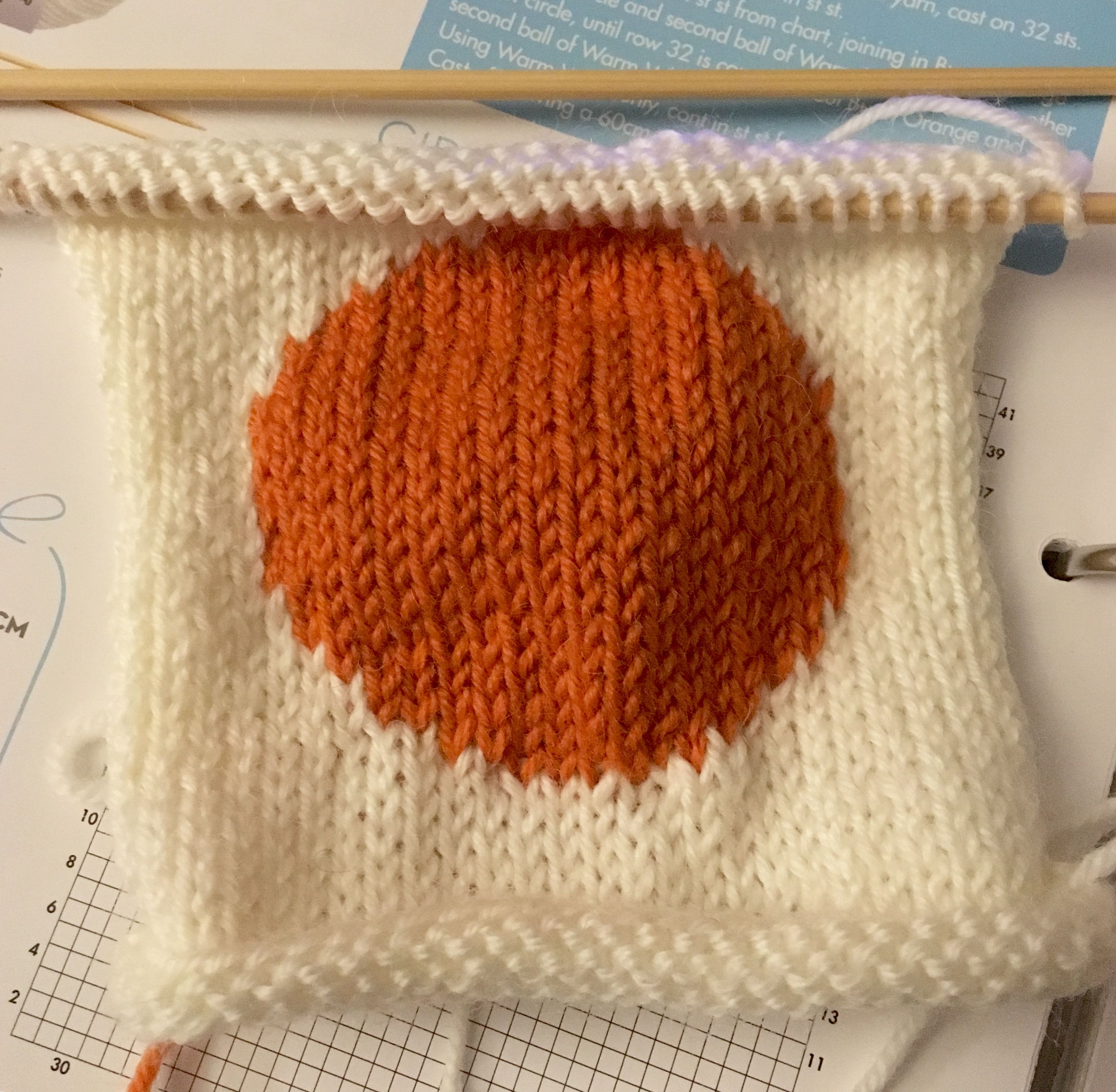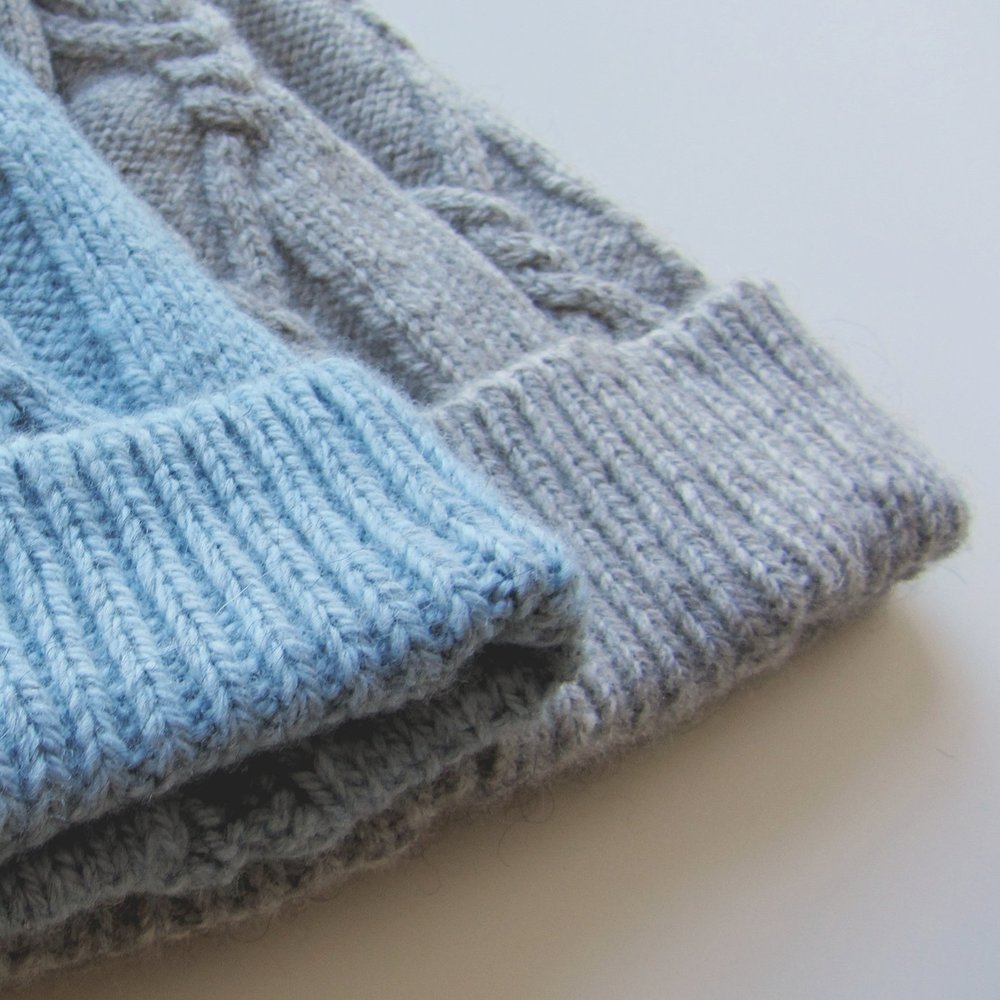
YO, or yarn over, is a knitting stitch that creates a small hole in the fabric of your project. It can also be used to create buttonholes. It is very simple to learn. It is often abbreviated in knitting patterns as "yo", but it can also be abbreviated in many other ways.
This stitch is made after a knit stitch. Begin by holding the yarn on the front end of your work and wrapping it around. The back of each stitch will be knitted into your fabric before it is dropped off the left side needle. The next stitch is then to be worked. In some patterns, it may be necessary to work the yarn backwards. In such cases, the yarn will be worked clockwise instead of counter-clockwise.
The yarn over can take place between two knit stitches or two purl stitches. To create the hole, you'll need to pass your yarn over the needle again if you're working the yarn over between purl stitches. But, it is important to ensure that the yarn is being worked in the same direction you are working the knit stitches. You should also make sure that you do not twist the stitches.

Other increases can be combined with the yarn over. If you want to increase your pattern's number of stitches, the yarn over can be used in conjunction with other increases. The easiest way to increase your number of stitches is with a yarn increase. This stitch is most useful for lace patterns.
A yarn over is a way to increase the number of stitches. It creates an extra stitch on your needle. This stitch is useful for creating decorative stitches, such as eyelets. This stitch can also be used to make a drop row of stitches within a pattern. The yarn can be used to make a small hole or splice in your projects' fabric.
Wrapping the yarn around the right hand (RH) needle is the first step in working a yarn over. Your index finger holds the yarn in place. The next stitch is knitted with the new loop. Then, you can continue to knit the next stitch with the new loop.
The YO in knit patterns is often abbreviated to "yo". In knitting patterns that have a make-one method of increasing stitches, it is often abbreviated as "M1L". This method involves creating a bar between two stitches and then working a yarn over over the top of the bar. This is often used in conjunction the k2tog increment. It can also be used in lace patterns, to even out the stitch number.

You can also combine yarn-over increases with decreases and increases. Combining a yarn over and a k2tog increases can create a button hole, or decorative stitch in your project.
FAQ
What are collection hobby?
The most loved collections include books, movies and music.
You can also collect anything from stamps to coins to cars to dolls to action figures to model kits to figurines to art supplies to tools to kitchen utensils to jewelry to watches to gadgets to clothes to furniture to antiques to...
I think you get the idea.
How much does a hobby cost you?
A hobby costs nothing but time. If you're serious about your hobby, it can take you years to get what you want.
But there is one thing you can do to help yourself. It's called "passion." If you are passionate about what you do, it will be easier to work hard and make progress.
And once you start putting in those hours, you may find that you become addicted to the activity. This is when the real fun begins. Because you now enjoy what you do and are improving your skills every day. You will likely have seen a significant improvement by the end the year.
Do not worry about the time it takes. Don't be afraid to try. You might be surprised by what you find!
What are your competitive hobbies?
You can compete in running, swimming or cycling as well golfing or tennis.
They're often enjoyed by people who are active and want to socialize.
If you have a hobby that involves physical activity, then you'll probably find that there are other people around who share this interest.
You might consider joining a group or club that meets regularly to play together in sports.
You may also want to play in a team game, where you are playing with others.
These include cricket, football, netball, hockey, netball, soccer, rugby, cricket, rugby, batsball, hockey, volleyball, badminton squash, handball and table tennis.
There are many types of competition.
Some competitions can be used for only recreational purposes.
Others are intended to test competitors' skill.
Some are even designed to reward outstanding performance.
In these cases, the winners receive prizes.
Other competitions test strength and endurance.
These are called endurance events.
For example, marathon races, triathlons, Ironman Triathlon, etc.
These events are often contested by athletes who train hard.
To prepare their bodies and minds, they will have to adhere to a strict training plan.
They may also need to spend some time away from home during preparation.
It is important to remember, not all athletes will compete in every type and event.
Is it possible make a living from a hobby?
Not necessarily.
But if your passion is to start a business, you might be able to make a lot of money.
For example, let's say you're a fan of cooking. You love healthy food so you open a new restaurant.
You serve only organic meals made from scratch and charge customers a small fee to cover the costs of ingredients and labor.
You can grow your clientele over time and eventually hire employees who will work alongside you.
You may eventually add vegan dishes and gluten-free options to your menu.
You've now created a profitable business that allows you to live the life you desire.
However, you don't have to quit your day job.
You could instead run your own restaurant and still hold your 9-5 job.
What are educational hobbies, you ask?
An educational hobby can be defined as an activity in which you learn something through doing it. It could be anything, from playing sports to learning how an instrument is played.
It should be enjoyable and fun for you. It doesn't have to be done all the time. However, if you get bored of it, you should think about other things you can do instead.
These activities can also be costly so make sure you don't spend too much.
How do you get started with your new hobby or interest?
It is important to choose the type of hobby you want to start.
Passion is key once you have chosen your topic.
It is essential to understand the reasons you want to start a hobby. This will help you to find your purpose and direction.
After you have decided on the type of hobby you want to pursue, it's time to start planning.
Think about what equipment you'll need to purchase.
Consider whether you are required to attend classes and seminars.
Make sure you have enough space for your hobby.
You may also consider joining a club or group. These groups offer support and advice.
Finally, think about how much money you would need to spend on your hobby.
Statistics
- Almost 80% of people claim to have no hobby. (hobbylark.com)
- Studies show that just six minutes of reading can reduce stress levels by 60 percent. (oberlo.com)
- A new survey by Pew Research Center of teens ages 13 to 17 finds that 36% of girls feel tense or nervous about their day every day; 23% of boys say the same. (pewresearch.org)
- The Role of the Mind in Sex, Dating, and Love: Men in the “humor” condition received phone numbers from 42.9% of the female participants and were refused 57.1% of the time. (time.com)
- 37% Video Games 36% Travel 36% Health and Fitness (quizexpo.com)
External Links
How To
How to learn a musical instrument
If you want to learn how to play music, there are many ways to do so. You could go to a school or buy a book. You could also take lessons from an experienced musician, watch videos online, and so on. These are just a few tips and tricks to help you get started if you're determined to make your own path.
-
Find something that interests or appeals to you. Try another instrument if you don't love any of the ones you see. If you don't like playing an instrument, it would be difficult to learn how to play it.
-
Be patient. Learning anything new takes some time. Expect to not be able master all things immediately. Instead, keep practicing every day.
-
Regular practice is important. Even when you feel tired, continue practicing. This will ensure that your memory doesn't fade.
-
Find a quiet place to practice. You want to be in a place where you are not disturbed by others. It is important to keep the room clear of distractions. You should avoid loud music being played near you.
-
Have fun! Music should be enjoyed. Have fun with your practice. It will make you more motivated to keep going.
-
Set goals. You will know what you need to do if you have goals. This will make it impossible to fail.
-
Keep track of how you are doing. Notate all of your achievements and failures. Doing so will help you improve over time.
-
Pause. Sometimes all it takes is to take a breather. You will be able to take breaks and think about the things you are doing.
-
Ask questions. If you have any questions or doubts about the instrument, ask other people. They may be able help you.
-
Listening is the best method to learn. Many musicians listen to songs that they like and imitate them. This helps them understand basic concepts behind the song.
-
Read books. Reading books will teach you more than watching videos or taking classes. Books contain information you will not find anywhere else.
-
Join a band. You'll be more motivated to practice when you are playing with others. You will also meet others with similar interests to yours.
-
Learn from tutorials. Tutorials are short videos which explain many topics in great detail. These tutorials usually concentrate on one particular aspect of an instrument. Tutorials can help you understand complex parts of your instrument.
-
You can try different methods. Some people learn best by reading, while others prefer lectures. You can experiment until you discover what works for you.
-
Practice makes perfect. There is no way to be an expert overnight. Instead, you must put in lots of effort before becoming skilled enough to perform well.
-
You can learn from other musicians. Listening to your fellow musicians perform their favourite songs can help you learn quicker.